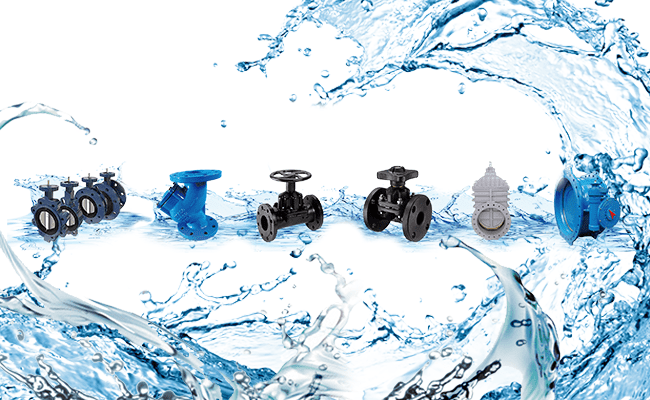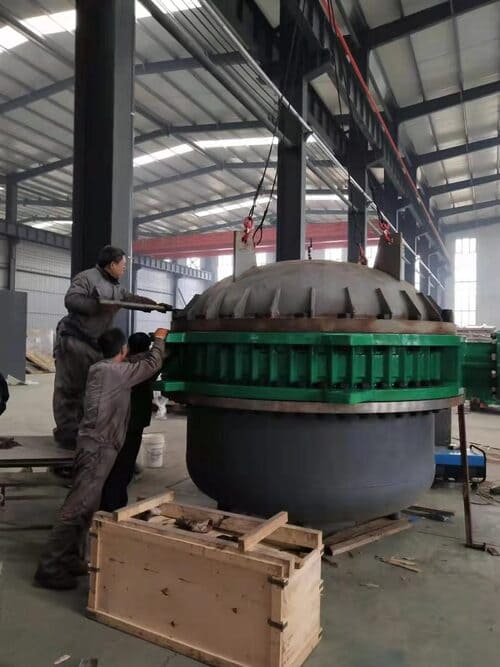1. Correct operation of manual valves
Manual valve is a kind of valve commonly used in equipment and devices, it is operated by handle and hand wheel. In general, clockwise rotation of the handle and handwheel is defined as the closing direction, and counterclockwise rotation is defined as the opening direction. However, the opening and closing direction of some valves is opposite to the above, so please pay attention to check the opening and closing signs before operating.
For manual valves, the size of the handle and hand wheel are designed according to normal manpower. Therefore, it is stipulated in the use of the valve that the operator is not allowed to open and close the valve with the help of levers and long wrenches. At the same time, the handle length and the diameter of the handwheel are less than 320mm, only one person is allowed to operate; the handwheel with a diameter equal to or more than 320mm allows two people to operate together, or allows one person to operate with an appropriate lever (generally less than 0.5m in length) . However, non-metal valves are strictly prohibited to operate with levers or long wrenches, nor are they allowed to close the valves with excessive force or force.
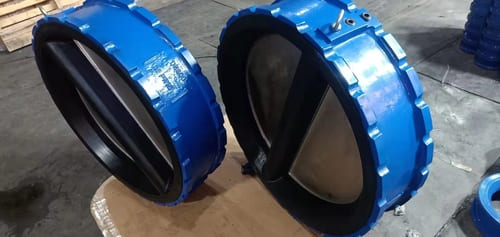
Some operators are accustomed to using levers and long wrenches to operate manual valves. They think that the greater the closing force, the better, but this is not the case. This will cause premature damage to the valve and even cause an accident. Practice has proved that, in addition to the impact-type handwheel, operating the valve too hard and too violently can easily damage the handwheel, handle, scratch the valve stem and sealing surface, and even crush the sealing surface. Secondly, if the handwheel and handle are damaged or lost, they should be equipped in time, and it is not allowed to use an adjustable wrench as a substitute.
For valves such as gate valves and globe valves, when they are closed or opened to the end (ie bottom end center or top end center), they must be rotated 1/4 to 1/2 turn to make the threads more tightly, so as to facilitate inspection during operation and avoid twisting Too tight to damage the valve.
Larger diameter butterfly valves, gate valves and stop valves, and some are equipped with bypass valves. The function of the bypass valve is to balance the pressure difference between the inlet and outlet and reduce the opening torque. When opening, the bypass valve should be opened first, and then the large valve should be opened.
Before opening the steam valve, the pipe must be preheated to discharge the condensed water. It should be opened slowly to avoid water hammer and damage the valve and equipment.
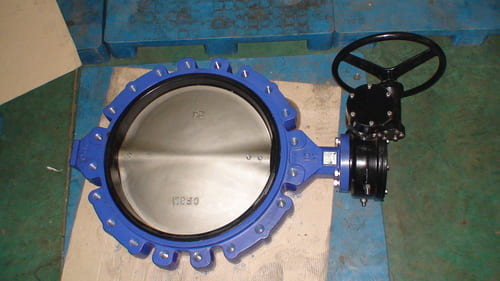
When opening and closing ball valves, butterfly valves, and plug valves, when the groove on the top surface of the valve stem is parallel to the passage, it indicates that the valve is in the fully open position; when the valve stem rotates 90 degrees to the left or right. When the groove is perpendicular to the channel, it indicates that the valve is in the fully closed position. Some ball valves, butterfly valves, and plug valves are opened with a wrench parallel to the channel, and closed when vertical. The operation of the three-way and four-way valves should be carried out according to the marks of opening, closing and reversing, and the movable handle should be removed after the operation is completed.
For gate valves and throttle valves with scales, check and adjust the fully open or fully closed indication position. Rising stem gate valves and globe valves should also remember their fully open and fully closed positions, so as to avoid hitting the dead point when fully open. When the valve is fully closed, the ruler and mark can be used to find that the closing part falls off or resists the foreign body in order to troubleshoot.
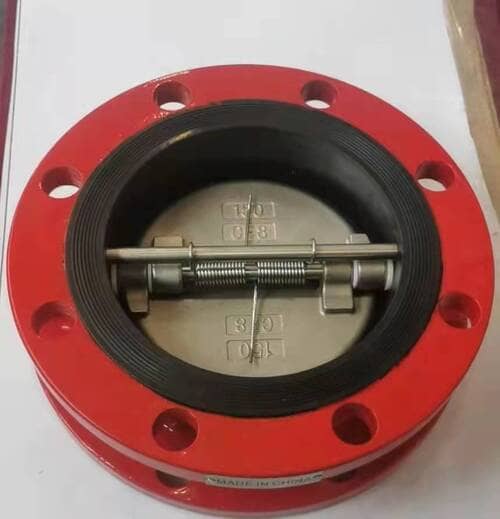
The newly installed pipelines and equipment have many internal dirt and welding ballast. Dirt is easy to stick to the sealing surface of the normally open manual valve. The slightly open method should be adopted to allow the high-speed medium to wash away these foreign objects, and then gently close.
After some manual valves are closed, the temperature drops and the valve shrinks, causing small gaps on the sealing surface and leakage. In this way, it should be closed again at an appropriate time after it has been closed.
The correct operation of the valve directly affects the service life of the valve.
Precautions for operating the valve
The process of operating the valve is also the process of inspecting and handling the valve. But pay attention to the following matters when operating the valve.
①High temperature valve. When the temperature rises above 200°C, the bolts will be stretched by heating, which will easily make the valve not tightly sealed. At this time, the bolts need to be “hot-tightened”, and it is not advisable to do it in the fully closed position of the valve during the hot-tightening, so as to avoid the valve stem from topping dead and difficult to open later.
②In the season when the temperature is below 0°C, pay attention to opening the valve seat plug for the valve that stops steam and water to remove condensed water and stagnant water to avoid freezing and cracking the valve. Insulation should be paid to valves that cannot exclude stagnant water and valves that work intermittently.
③The packing gland should not be over-tightened, and the flexible operation of the valve stem shall prevail (it is wrong to think that the tighter the packing gland is, the better, it will accelerate the wear of the valve stem and increase the operating torque). In the absence of protective measures, it is not possible to replace or add fillers under pressure.
④During operation, carefully analyze the causes of abnormal phenomena found through listening, smelling, seeing, touching, etc., and eliminate them in time if they are solved by yourself; if you need a repairman to solve it, don’t force it to avoid delaying the repair time
⑤The operator should have a special log or record book, pay attention to record the operation of various valves, especially some important valves, high temperature and high pressure valves and special valves, including its transmission devices. The faults, treatment methods, replacement parts, etc. should be noted. These materials are very important to the operators themselves, repairers and manufacturers. The establishment of a special log with clear responsibilities is conducive to strengthening management.
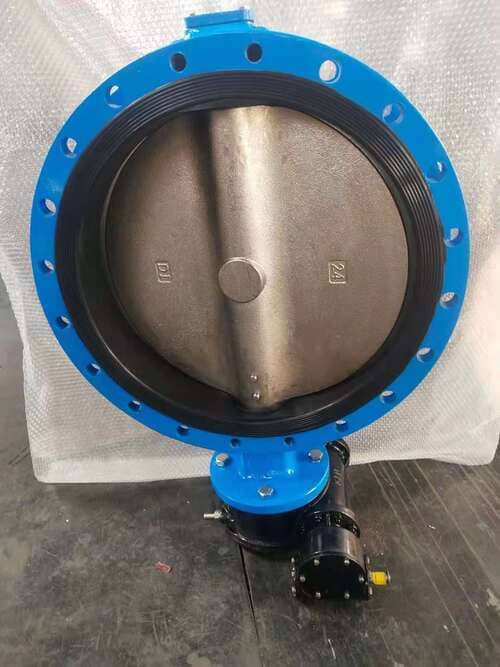
Valve storage and maintenance
The purpose of storage and maintenance is to prevent damage to the valve during storage or to reduce quality. In fact, improper storage is one of the important reasons for valve damage.
Valves should be kept in an orderly manner. Small valves should be placed on shelves, and large valves can be neatly arranged on the floor of the warehouse. They should not be stacked in disorder, and the flange connection surface should not be in contact with the ground. This is not only for aesthetics, but also to protect the valve from damage
Due to improper storage and handling, broken handwheels, crooked valve stems, loosening and loss of fixing nuts between handwheels and valve stems, etc., these unnecessary losses should be avoided.
For valves that will not be used in a short period of time, asbestos packing should be taken out to avoid electrochemical corrosion and damage to the valve stem
The valves that have just entered the warehouse should be inspected. If rainwater or dirt enters during transportation, they should be wiped clean before storage.
The inlet and outlet of the valve should be sealed with wax paper or plastic sheet to prevent dirt from getting in.
The processing surface of the valve that can rust in the atmosphere should be coated with anti-rust oil to protect it.
Outdoor valves must be covered with rain-proof and dust-proof items such as linoleum or tarpaulin. The warehouse where the valve is stored should be kept clean and dry.
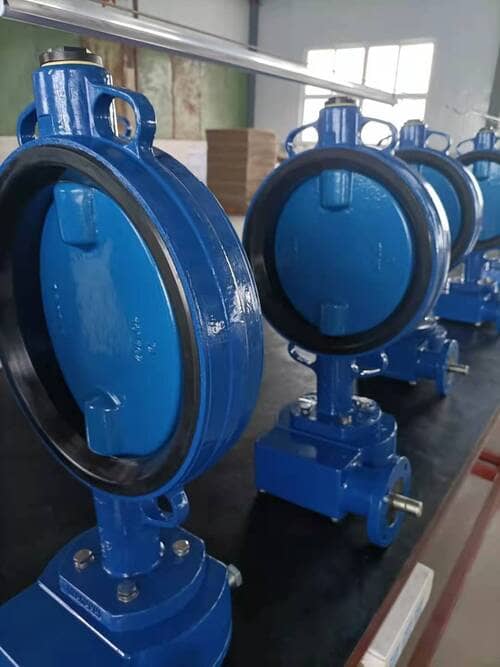
Valve maintenance
The purpose of maintenance is to extend valve life and ensure reliable opening and closing.
The thread of the valve stem often rubs against the nut of the valve stem and should be coated with a little yellow dry oil, molybdenum disulfide or graphite powder for lubrication.
For valves that are not frequently opened and closed, turn the handwheel regularly to add lubricant to the valve stem threads to prevent seizure.
For outdoor valves, a protective sleeve should be added to the valve stem to prevent rain, snow, dust, and rust.
If the valve is mechanically ready to move, add lubricating oil to the gearbox on time.
Always keep the valve clean.
Always check and maintain the integrity of other parts of the valve. If the fixing nut of the handwheel falls off, it must be fully equipped and cannot be used properly. Otherwise, it will grind the four sides of the upper part of the valve stem, and gradually lose the reliability of coordination, and even fail to operate.
Do not rely on the valve to support other heavy objects, and do not stand on the valve
The valve stem, especially the threaded part, should be wiped frequently, and the lubricant that has been soiled by dust should be replaced with a new one, because the dust contains hard debris, which is easy to wear the thread and the surface of the valve stem, which affects the service life
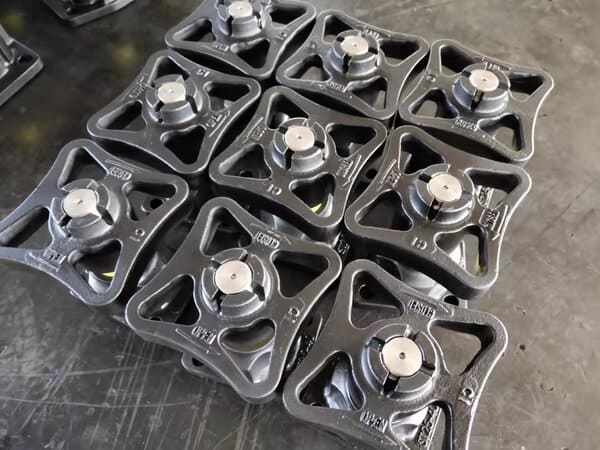
Maintenance of valve packing
The packing is directly related to the key seals that leak when the valve is switched on and off. If the packing fails and causes leakage, the valve will also fail, especially the valve of the urea pipeline, because the temperature is relatively high and corrosion is more harmful, and the packing is easy to age. Enhanced maintenance can extend the life of the packing.
When the valve leaves the factory, in order to ensure the elasticity of the packing, it is generally subject to the static pressure test without leakage. After the valve is installed in the pipeline, due to temperature and other factors, extravasation may occur. At this time, the nuts on both sides of the packing gland should be tightened in time, as long as there is no leakage, and no extravasation will occur in the future. Tighten it to prevent the packing from losing its elasticity and sealing performance
Some valve packing is equipped with molybdenum disulfide lubricating paste. After several months of use, the corresponding lubricating grease should be added in time. When it is found that the packing needs to be supplemented, the corresponding packing should be added in time to ensure its sealing performance
Valve transmission parts maintenance
During the opening and closing of the valve, the lubricating grease originally added will continue to be lost. Coupled with the effects of temperature, corrosion and other factors, the lubricating oil will also continue to dry up. Therefore, the transmission part of the valve should be checked frequently, and if it is found that the oil is lacking, it should be filled in time to prevent the increase of wear due to the lack of lubricant, resulting in failures such as inflexible transmission or jamming failure.
Maintenance during valve grease injection
When the valve is injecting grease, the problem of the amount of grease is often ignored. After the grease gun is refueled, the operator selects the valve and the grease injection connection method, and then performs the grease injection operation. There are two situations: on the one hand, the amount of grease injection is small, and the grease injection is insufficient, and the sealing surface wears faster due to lack of lubricant. On the other hand, excessive fat injection causes waste. The reason is that there is no accurate calculation of the sealing capacity of different valves according to the valve type category. The sealing capacity can be calculated based on the valve size and category, and then a reasonable amount of grease can be injected.
When the valve is greased, the pressure problem is often ignored. During the fat injection operation, the fat injection pressure changes regularly in peaks and valleys. If the pressure is too low, the seal leaks or fails, the pressure is too high, the grease injection port is blocked, the grease in the seal is hardened, or the sealing ring is locked with the valve ball and valve plate. Usually when the grease injection pressure is too low, the injected grease mostly flows into the bottom of the valve cavity, which usually occurs in small gate valves. If the grease injection pressure is too high, on the one hand, check the grease injection nozzle, if the grease hole is blocked, replace it; on the other hand, if the grease is hardened, use a cleaning fluid to repeatedly soften the failed sealing grease and inject new grease to replace it. . In addition, the seal type and sealing material also affect the grease injection pressure. Different sealing forms have different grease injection pressures. Generally, the grease injection pressure for hard seals is higher than that for soft seals.
When filling the valve with grease, pay attention to the problem of the valve in the switch position. The ball valve is generally in the open position during maintenance. In special circumstances, it is selected to be closed for maintenance. Other valves cannot be treated as open positions. The gate valve must be closed during maintenance to ensure that the grease fills the sealing groove along the sealing ring. If it is opened, the sealing grease will directly fall into the flow channel or valve cavity, causing waste.
When the valve is greased, the problem of grease injection effect is often ignored. During the grease injection operation, the pressure, grease injection volume, and switch position are all normal. However, in order to ensure the effect of valve grease injection, sometimes it is necessary to open or close the valve to check the lubrication effect to confirm that the surface of the valve ball or gate is evenly lubricated.
When injecting grease, pay attention to the problem of valve body drainage and plug pressure relief. After the valve pressure test, the gas and moisture in the valve cavity of the sealed chamber will increase in pressure due to the increase in ambient temperature. When grease is injected, the pressure must be discharged first to facilitate the smooth progress of the grease injection. After the grease is injected, the air and moisture in the sealed cavity are fully replaced. Relieve the valve cavity pressure in time, which also guarantees the safety of the valve. After the grease injection, be sure to tighten the drain and pressure relief plug to prevent accidents
When injecting grease, pay attention to the problem of uniform grease output. In normal grease injection, the grease outlet closest to the grease injection port first discharges the grease, then to the low point, and finally to the high point, and the grease is discharged one by one. If it does not follow the rules or does not produce fat, it proves that there is a blockage, and clear it up in time.
When injecting grease, observe the flush of the valve diameter and the seat of the sealing ring. For example, for ball valves, if there is an open position interference, the open position limiter can be adjusted inward to confirm that the diameter is straight and locked. Adjusting the limit can not only pursue the opening or closing position, but should be considered as a whole. If the opening position is flush and the closing position is not in place, the valve will not close tightly. In the same way, if the adjustment is in place, the adjustment of the open position should also be considered. Ensure the right angle travel of the valve.
After grease injection, be sure to seal the grease injection port. Avoid the entry of impurities, or the oxidation of lipids at the grease injection port, and the cover should be coated with anti-rust grease to avoid rust. So that it can be applied in the next operation.
When injecting grease, it is also necessary to consider the specific treatment of specific problems in the sequential transportation of oil products in the future. In view of the different qualities of diesel and gasoline, the scour and decomposition ability of gasoline should be considered. In the future valve operation, when encountering gasoline segment operations, replenish grease in time to prevent wear.
When injecting grease, do not ignore the grease injection at the valve stem. There is a sliding sleeve or packing on the valve shaft, which also needs to be kept in a lubricated state to reduce the frictional resistance during operation. If lubrication cannot be ensured, the torque will increase during electric operation and wear parts will be laborious during manual operation.
When maintaining the valve, pay attention to the water ingress in the electric head and its transmission mechanism. Especially in the rainy season the infiltration of rainwater. One is to rust the transmission mechanism or the transmission shaft sleeve, and the other is to freeze in winter. Cause the torque to be too large when the electric valve is operated, and damage to the transmission parts will cause the motor to be unloaded or the over-torque protection will be tripped and electric operation cannot be realized. The transmission parts are damaged, and manual operation cannot be performed. After the over-torque protection is activated, manual operation also cannot be switched. Forcible operation will damage the internal alloy parts.
Valve maintenance must be treated with a scientific attitude, so that the valve maintenance work can achieve the desired effect and application purpose. In order to make production run normally, reduce downtime, and increase economic benefits, in terms of valves, these three points must be done:
1. The correct selection of valves is the foundation.
2. The most important thing is to use the valve correctly.
3. Correct maintenance is the guarantee
